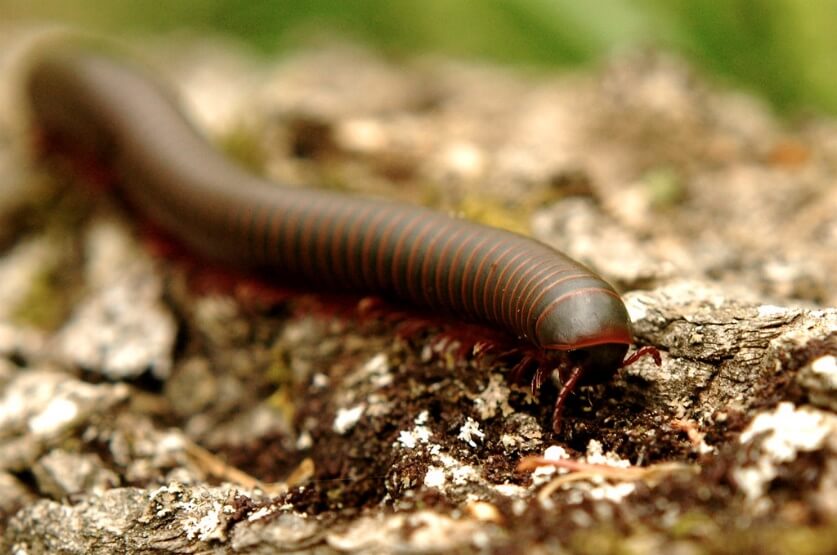(a) Different kinds of packaging materials used commonly are given below:
Cardboard – Shoes, soap, bulbs and other boxes.
Plastic Bags – Toys covers, sarees bags, shopping bags, etc.
Wooden Boxes – Fruit baskets and boxes for hardware.
Jute Bags – School bags, shopping bags, vegetable bags, etc.
(b) By reusing the packaging material, we can reduce the accumulation of garbage.
(c) The basic purpose of packaging is to protect the product from tampering and to maintain its freshness and purity. However, most of the packaging material is used to beautify the boxes and make them look attractive on the shelves. Unfortunately, a large volume of packaging material goes waste and is thrown into the dustbin.
For example, in most places, the dustbins are full of chips and biscuit wrappers.
It unnecessarily increases the amount of garbage. It also increases the cost of the product due to unnecessary packaging. We should seriously consider how to reduce unnecessary packaging.














